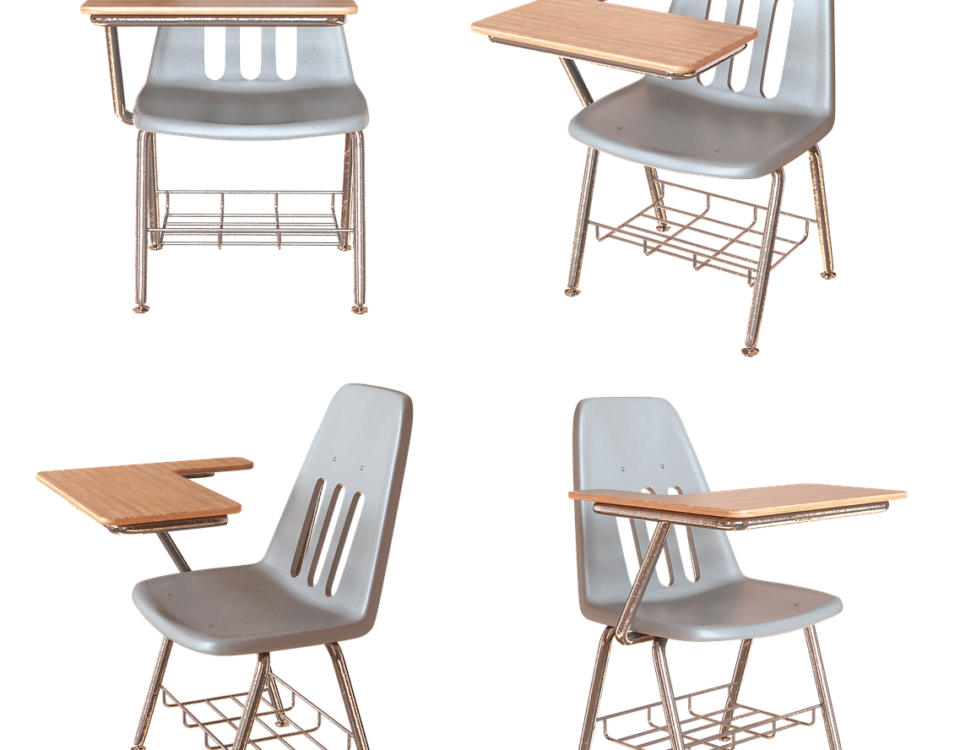Fused Deposition Modeling (FDM) Manufacturing Equipment

Fused Deposition Modeling (FDM) Rapid Prototyping Materials
February 14, 2025
Fused Deposition Modeling (FDM) Process Flow
February 14, 2025Fused Deposition Modeling (FDM) technology is widely used for 3D printing and rapid prototyping. Several leading companies, both internationally and domestically, provide FDM equipment. Major players in the global market include Stratasys, 3D Systems, MedModeler, and Tsinghua University in China.
Stratasys: A Global Leader in FDM Technology
Stratasys is one of the leading suppliers of FDM equipment worldwide, holding a significant share of the international market. The concept of FDM was first introduced in 1988 by Scott Crump, who developed the first commercial FDM machine in 1991. Stratasys released the first FDM1650 model in 1993, with a build size of 254mm x 254mm x 254mm.
Over the years, Stratasys has launched several models, including the M2000, FDM3000, and FDM8000. The FDM8000, for example, has a larger build area of 457mm x 457mm x 609mm. A notable achievement came in 1998 with the introduction of the FDM Quantum model, which had a build size of 600mm x 500mm x 600mm and a significant speed advantage, being five times faster than previous models. This was due to its magnetic levitation system, which allowed independent control of two extruder heads.
Stratasys also collaborated with MedModeler in 1998 to develop the MedModeler model, specifically designed for medical and hospital applications. This model used ABS material and was further improved in 1999 with the introduction of the FDM GenisysXs model, capable of using polyester thermoplastic materials. The build volume for the FDM GenisysXs was 305mm x 203mm x 203mm.
As FDM technology became more accessible, Stratasys developed smaller machines suitable for office environments. In 2000, the company launched the Dimension series, including models like the Dimension BST768, BST1200, and SST1200. These machines were designed for smaller-scale production, offering simplified post-processing with the use of peel-away support structures.
3D Systems: Advancements in FDM Equipment
3D Systems, a pioneering company in rapid prototyping and 3D printing, introduced their own range of FDM systems after establishing success with stereolithography and selective laser sintering technologies. Their Invision3-DModeler series, a smaller-scale FDM 3D printer, utilizes multiple nozzles for faster printing, multiple material options, and dissolvable support structures. These systems are known for their quiet operation and stable output, making them ideal for office environments.
Tsinghua University: Domestic Innovation in FDM Equipment
In China, Tsinghua University has made significant contributions to FDM technology with the development of the Melted Extrusion Modeling (MEM) system. The MEM machine emphasizes the design of specialized nozzles and extrusion systems to enhance printing precision. The machine uses a roll of filament, which is extruded through a heated nozzle to create layers on a vertically moving base. The MEM system’s unique design includes advanced compensation and pre-control systems that ensure high stacking accuracy and print quality.
This system features a suspended setup, providing excellent vibration absorption and improved scanning accuracy. Additionally, the lack of lasers in this design results in lower operating costs compared to other rapid prototyping equipment. The MEM system operates quietly and is environmentally friendly, further adding to its appeal for research and industrial applications.
FDM Materials and Consumables
FDM technology requires specific materials, primarily filament, for successful 3D printing. Commonly used materials include ABS, human-made rubber, casting wax, and polyester thermoplastic plastics. In 1998, researchers at Australia’s Swinburne University developed a composite material consisting of metal and plastic filaments, further expanding the material options for FDM applications.
Stratasys also developed water-soluble support materials in 1999, which significantly improved the ease of removing support structures from printed parts. This innovation was especially useful for complex geometries and small internal cavities, where removing traditional support materials can be challenging.
Software for FDM Systems
Stratasys offers specialized software to complement their FDM machines. Their QuickSlice 6.0 software supports FDM systems, and AutoGen 3.0 is used for the Genisys system, featuring a touch-screen interface that enhances user-friendliness and operational efficiency. These software solutions are designed to streamline the printing process, providing users with the tools to optimize their 3D printing operations.
Conclusion
FDM technology has evolved significantly since its inception, with major advancements in equipment, materials, and software. Stratasys and 3D Systems continue to lead the charge in innovation, offering a range of machines for both industrial and office environments. Meanwhile, Tsinghua University has made notable strides in enhancing the affordability and precision of FDM equipment for domestic use. As the technology matures, we can expect even more developments in the area of rapid prototyping, making FDM an increasingly accessible and powerful tool for creating complex, high-quality prototypes and products.


